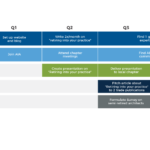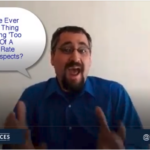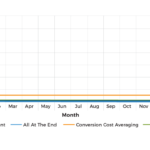As one of the more common processes developed in advisory firms, there is a high level of interest by both advisors and clients in how investment performance is actually calculated. While it may seem straightforward in determining the ups and downs of a portfolio, there are actually quite a bit of assumptions and factors that take into consideration time periods, account values, and especially deposits and withdrawals, in addition to the actual performance of the underlying investments in a portfolio.
On the surface, it may seem straightforward in how these calculations are developed; however, in practice, there are often many areas and methods that are not as understood, and can become a source of confusion as advisors select a method for providing this critical information to clients, regulators, and other industry bodies such as GIPS.
In this article, Chris Hastings of Panoramix (a portfolio performance reporting software solution for advisors) provides a detailed reference for the different methods of calculating performance, why the various methods can produce substantially different return results (especially when there are substantial cash flows in/out of the portfolio), and some of the pros and cons of each method.
Ultimately, the reality is that there is no “right” choice for how to compute performance – because the “right” methodology actually varies depending on the context in which it’s being used - but advisors should be familiar with the different methods, and when they are most appropriate, so they can adequately defend their choices, and identify performance reporting software solutions that are capable of providing the return calculations they need.



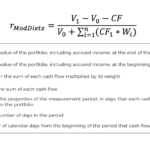

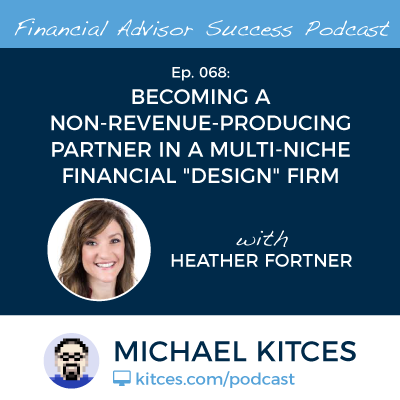 Welcome, everyone! Welcome to the 68th episode of the Financial Advisor Success Podcast!
Welcome, everyone! Welcome to the 68th episode of the Financial Advisor Success Podcast!